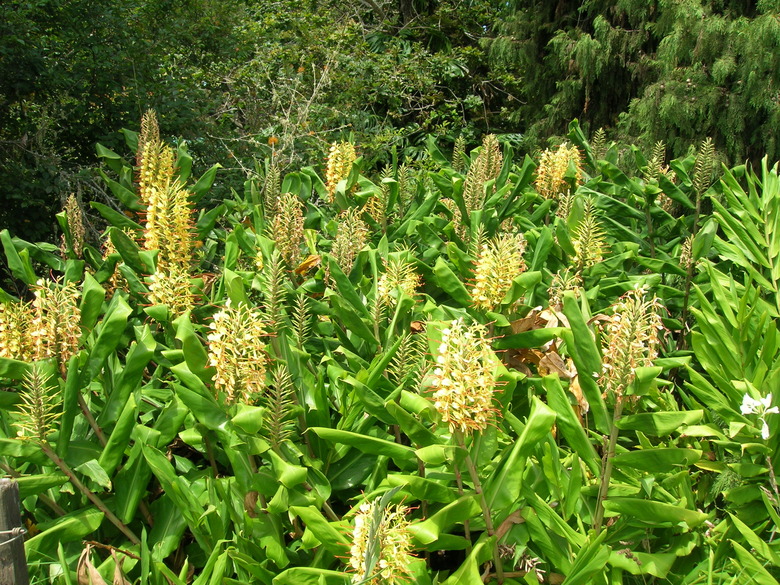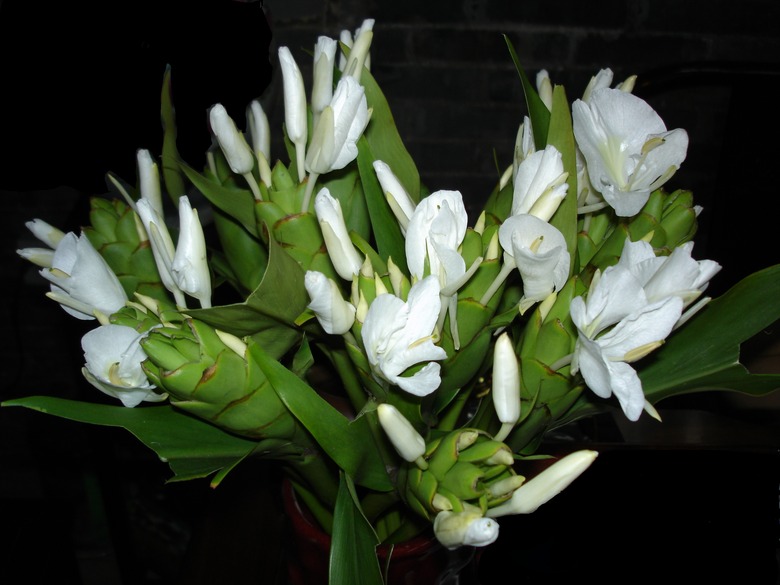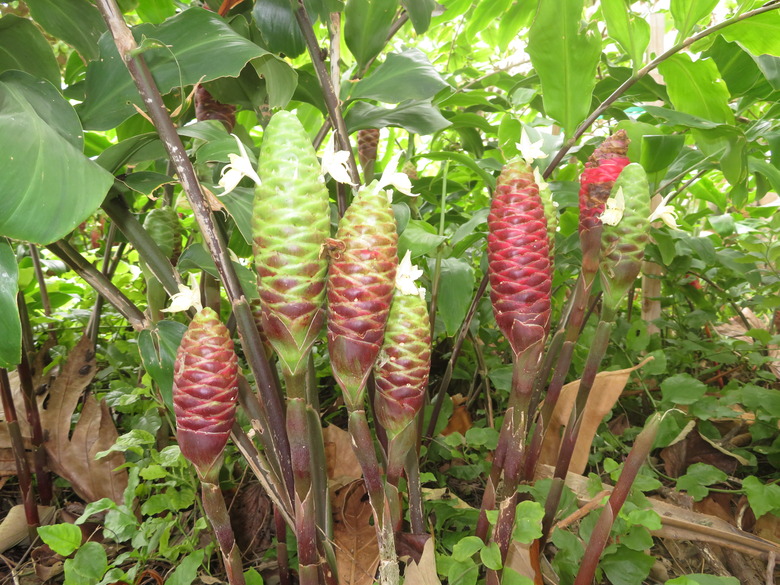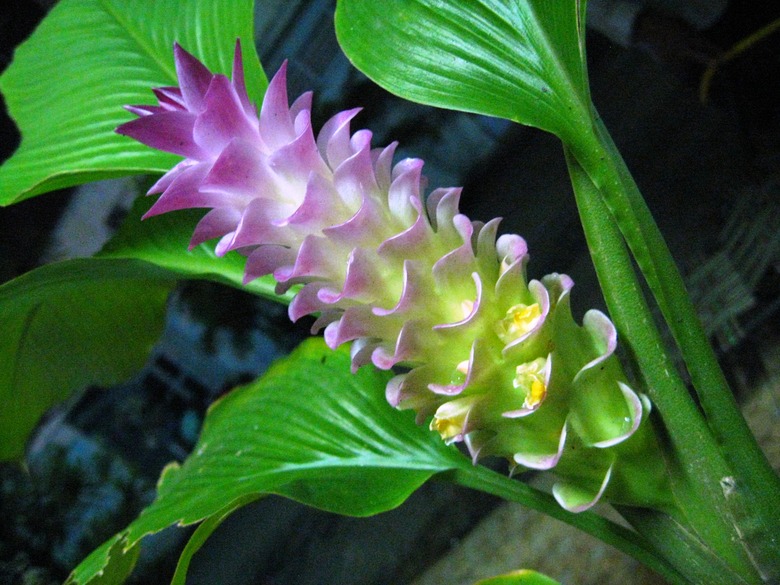Ornamental Ginger Plants: Varieties And Care Guide
When you hear the word ginger, you might think of culinary ginger, which is used to flavor a variety of dishes and desserts. However, many types of ginger plants in the family Zingiberaceae are grown for their ornamental value.
These clump-forming, flowering plants are native to Asia and are typically hardy in U.S. Department of Agriculture plant hardiness zones 7 to 11. They often require winter care in climates outside of this range.
Hedychium Ornamental Ginger Plants
Plants in the genus Hedychium, which comprises about 80 species native to Asia, are grown as ornamentals. Let's look at some commonly grown plants in this genus.
Kahili Ginger
Kahili ginger (Hedychium gardnerianum, zones 8 to 11) is the most widely grown member of the genus. It produces flower spikes with as many as 50 yellow flowers per terminal raceme. Each raceme has a length between 1 and 2 feet.
The Kahili ginger, like other gingers, can be propagated by dividing the rhizome. This species grows best in full sun and moist, rich soil.
Butterfly Ginger
Also in this genus is butterfly ginger (Hedychium coronarium, zones 7 to 10), also known as the ginger lily and white ginger, which is grown for its intensely fragrant white flowers.
If you're growing this plant in zone 7 and want to leave it in the ground, apply a thick layer of mulch to protect the underground rhizome. Outside of this range, the rhizome should be overwintered indoors.
Tip
Where they are not winter hardy, ornamental ginger rhizomes should be removed from the garden in the fall and stored in a dry medium to be replanted in the spring.
Growing Pinecone Ginger
Pinecone ginger (Zingiber zerumbet, zones 8 to 10), or wild ginger, is another flowering ginger grown as an ornamental. This plant blooms in late summer and fall, when it produces green flower bracts that resemble a pine cone. Blossoms emerge between these bracts. After flowering, the pine cone-shaped flower structure turns a bright red.
The pinecone ginger is known by the common name shampoo ginger, because the liquid inside the pinecone-like blossom is used as shampoo by people in Asia and Hawaii.
Care of Pinecone Ginger
Pinecone ginger grows best in moist soil with good drainage. Plant this blooming ginger plant in part sun.
Outside of its hardiness range, pinecone ginger can be grown in containers and overwintered indoors. These plants go dormant in the winter and need to be kept dry while they are dormant. Therefore, if growing these plants in the ground, they need to be dug up in the fall and stored in a paper bag filled with sawdust.
Hidden Ginger Plants
Hidden gingers (Curcuma spp., zones 8 to 10) get their name because their flowers are often concealed by the plant's fan-shaped leaves that recall the foliage of canna lilies. Hidden gingers may have pink flowers or white flowers. The blooms of this species make a good cut flower.
Plants in this genus include the queen lily (Curcuma petiolata, zones 8 to 10), which is native to Malaysia. The turmeric plant is also in this genus. There are also variegated hidden cultivars available.
Like other ginger rhizomes, hidden gingers should be dug up and stored in a dry medium during the winter.
References
- North Carolina State Extension: Hedychium coronarium
- University of Wisconsin-Madison Division of Extension: Kahili Ginger, Hedychium garderianum
- University of Georgia Cooperative Extension: Curcuma Gingers Are the Crown Jewels of the Plant World
- North Carolina State Extension: Zingiber zerumbet
- North Carolina State Extension: Hedychium
- University of Florida IFAS Extension: Hedychium Coronarium Butterfly Ginger
- University of Florida IFAS Extension: Gingers
- Missouri Botanical Garden: Curcuma petiolata




